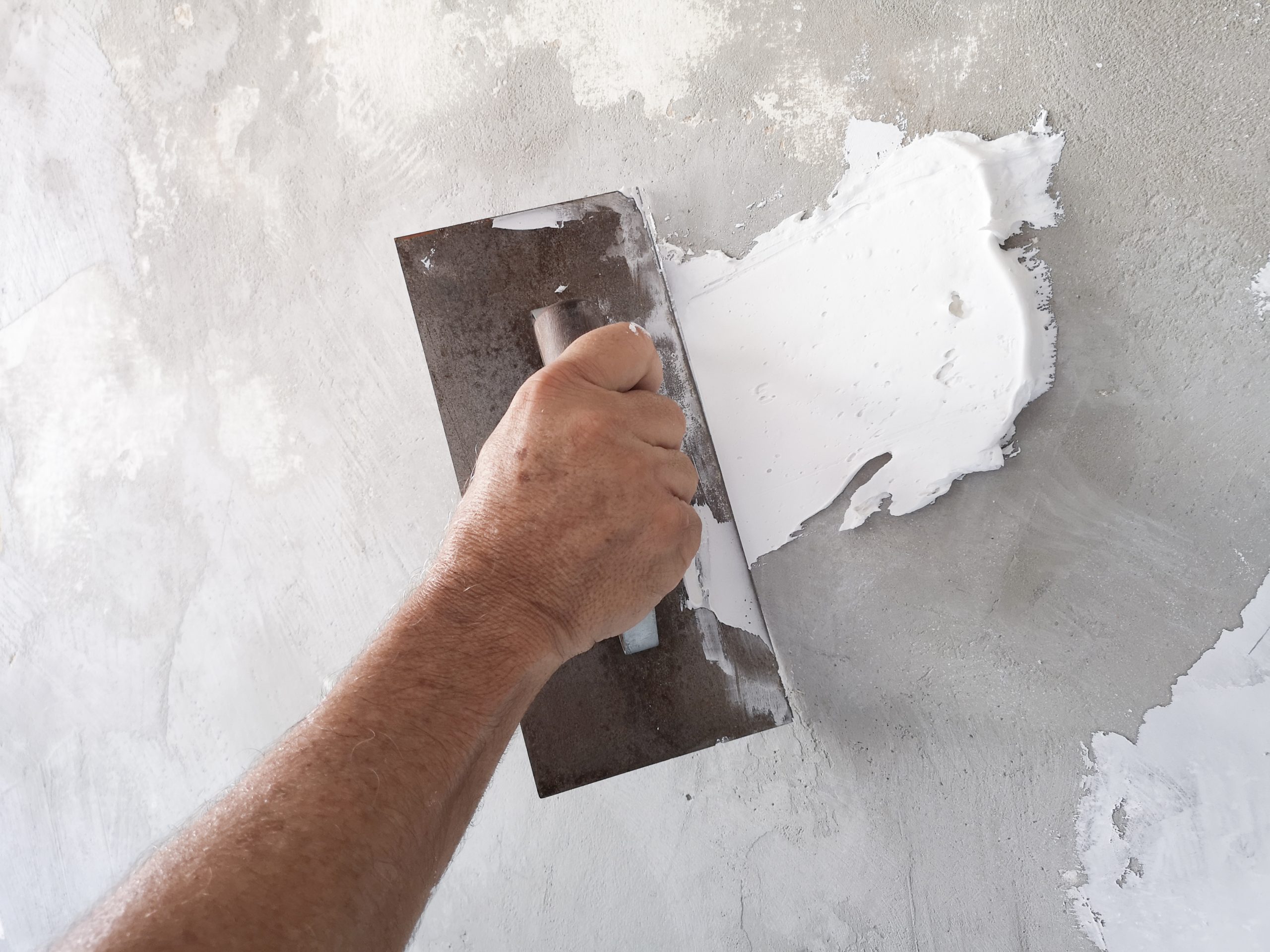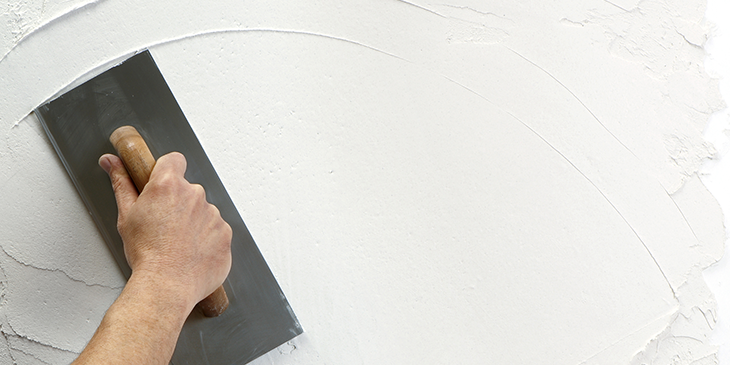Understanding the Essential Techniques of Plastering for Home Enhancement Projects
In the world of home enhancement, grasping the crucial techniques of smudging can considerably boost both the performance and aesthetic appeal of a space. Different techniques exist, each customized to specific applications, whether for restoring historical integrity or improving insides. The smudging procedure encompasses important phases, from careful surface area preparation to the precise application of materials. Recognizing these foundational components is vital, yet many homeowners neglect common challenges that can weaken their initiatives. As we check out these techniques further, the subtleties of attaining a remarkable surface will certainly come to be significantly noticeable.
Sorts Of Smudging Strategies
Although various gluing methods exist, each serves an one-of-a-kind objective and supplies distinct aesthetic top qualities. Among the most common techniques is typical lime plastering, which is recognized for its breathability and adaptability. This strategy is especially valuable for older structures, allowing dampness to get away while keeping architectural honesty.
For a more textured appearance, trowel-on plastering techniques such as stucco and Venetian plaster are commonly used. Stucco, generally utilized in outsides, gives longevity and weather resistance, while Venetian plaster is renowned for its elegant, sleek surface.
Additionally, there are a lot more specialized strategies, such as skimming, which is a process that includes using a slim layer of plaster over existing surface areas to develop a smooth finish. Each of these methods can dramatically influence the general aesthetic and functionality of a space, making it crucial to choose the suitable method based on the details requirements of a job.

Devices and Materials Needed

The hawk serves as a system to hold the plaster, while the trowels, available in numerous dimensions, are vital for application and smoothing. A float, commonly made of rubber or sponge, is made use of to achieve an uniform coating.

Spending in premium tools and materials eventually adds to a much more effective smudging project, generating a long lasting and cosmetically pleasing finish. Correctly furnished, you lay the foundation for reliable smudging and home renovation.
Step-by-Step Plastering Process
With the right devices and materials in hand, the following phase entails performing the gluing procedure with precision. Begin by preparing the surface area to guarantee optimal bond. Get rid of any kind of loosened debris, dirt, or old plaster, and use a bonding agent if needed.
Once the surface is prepped, blend the plaster according to the supplier's guidelines, accomplishing a smooth, lump-free uniformity. Utilizing a trowel, use the very first coat, called the scratch coat, to a density of concerning 5-10 mm. Make sure consistent protection, and use a comb or scratcher to create grooves for better adhesion of subsequent layers.
After permitting the scrape layer to establish partly, apply the second layer, or the brownish layer, smoothing it out for an also surface. Permit this layer to completely dry, generally for 24-48 hours, depending upon the problems. Finally, use the ending up layer, which must be thinner and smoother. Plume the edges to blend into the surrounding surface, attaining a smooth look.
As soon as the plaster has dried out completely, it can be sanded lightly to eliminate imperfections. Adhere to up with a primer prior to paint for a sleek last appearance.
Usual Errors to Avoid
Failing to identify typical blunders can considerably influence the top quality of your plastering project. One regular error is poor surface preparation. Failing to prime and tidy the surface can lead to poor adhesion, causing fractures and peeling. Furthermore, disregarding to fix any kind of underlying issues, such as moisture or architectural damage, can endanger the plaster's integrity.

Timing is additionally critical; many unskilled plasterers hurry the application. Enabling the initial layer to dry totally before using subsequent layers is important to prevent too much breaking and shrinking.
In addition, not making use of the right tools can hinder the completing process. Using trowels that are small or as well huge can affect your control and the smoothness of the finish - Plastering. Finally, overlooking ecological conditions, such as temperature and moisture, can lead to unequal drying out and unacceptable outcomes. By being mindful of these usual mistakes, you can boost the efficiency and longevity of your plastering work.
Tips for Finishing Touches
Accomplishing a perfect coating in plastering calls for attention to detail and a few calculated techniques. When the first application has dried, start the ending up procedure by making use of a damp sponge or trowel to smooth out any type of flaws. This step not only improves the surface area but likewise helps to eliminate any kind of excess plaster that might have dried erratically.
Next, take into consideration making use of a fine-grit sanding block or pole sander for a more refined appearance. Fining sand ought to be done delicately to stay clear of harming the underlying layer - Plastering. Always put on a mask to secure versus dirt breathing
After sanding, examine the surface under different lights problems to determine any kind of missed out on variances or spots. Use a slim layer of completing plaster if required, feathering out the edges to mix effortlessly with the surrounding location.
Verdict
In verdict, grasping vital find out here plastering techniques significantly improves the quality of home improvement tasks. Comprehending the various kinds of plastering techniques, using appropriate tools and materials, and sticking to an organized application procedure add to attaining a smooth and long lasting surface.
In the world of home enhancement, mastering the important methods of smudging can dramatically enhance both the capability and visual appeal of a room.Although various smudging techniques exist, each serves an one-of-a-kind objective and supplies unique visual high qualities. Plastering. For a much more distinctive look, trowel-on plastering techniques such as stucco and Venetian plaster are commonly used. Stucco, generally utilized in outsides, supplies resilience and weather condition resistance, while Venetian plaster is renowned for its extravagant, polished surface
Frequently used plaster kinds consist of gypsum plaster, lime plaster, and cement-based plaster, each offering various objectives you can look here and environments.
Comments on “Residential Plastering: Change Your Home with Competent Craftsmanship”